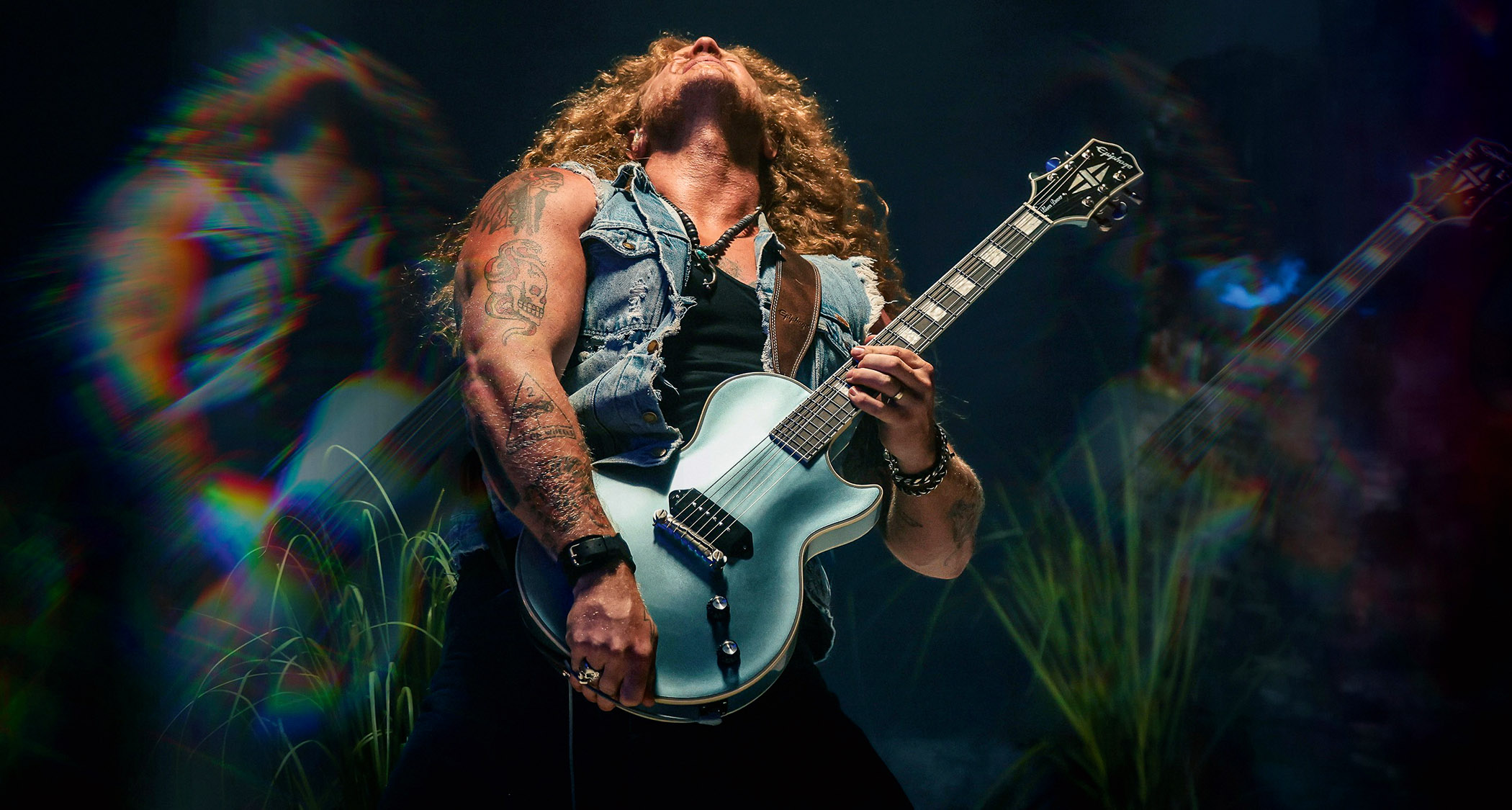Session Guitar: 10 Essential Pieces of Gear for the Studio Guitarist

If you are serious about your playing, and you are serious about your gear, you will be taken seriously in the studio.
When a producer or client sees a guitarist walk in with top gear, an immediate message is sent out. That message is, "I take myself seriously, I take my playing seriously."
But shouldn't the studio have everything I need? MAYBE. I wouldn't count on it! Be a hero and be prepared! (Thank you, Boy Scouts of America!) Some of these will be obvious. Others not so much.
We begin.
1. GUITARS: You will need, at the very least, a Strat-style guitar, a Les Paul-style guitar, an acoustic, a classical, a guitar with a whammy bar that stays in tune (locks). All strung, tuned and setup! (Occasionally a 12-string is called for. Or lately, a ukulele!)
2. CABLES: You should also carry reliable Hi-grade cables. This is your connection. Make it a clear connection!
3. A TUNER that can be calibrated. (Be able to be aligned to an outside source.)
All the latest guitar news, interviews, lessons, reviews, deals and more, direct to your inbox!
4. EXTRA STRINGS AND PICKS: Of course, right? But trust me, I've seen it happen more than once where someone is scrambling for strings. Unbelievable! And how about different pick gauges? Different gauge means different tone and attack.
5. FX AND KNOW HOW TO USE THEM: This is what you do at home. You setup your effects to get the most optimum whas, delays, chorus, flanges, reverbs, etc. The session is not the time to build an effects chain! And be cutting edge! Be creative. These are your colors. Try and make them better than everyone else's!
6. COMBO AMP: 1-12 is sufficient. However, make sure you have dialed in and set to memory your clean sounds, and your various degrees of distortion for each guitar. If more than one amp is needed to make a particular instrument happy, bring it! Ever try a guitar through one amp and the sound sort of lays flat? Then plug it into a different amp and all is right with the world. Match your guitars to your amps! (Another side note: I carry my two favorite mics to each session -- a Royer 121 and a Mojave Condenser. Why? Because I care!)
7. MODELER: Maybe the studio engineer is having a bad day. Maybe he's lazy. Maybe he just has NEVER mic'd an amp and only understands Pods! (This has happened to me lately more times than I wish to mention.) DO NOT POINT OUT HIS INADEQUACIES! Just deal with it. That means dial in and expect to use your modeler, iPad, iPod, Line 6, whatever! BUT LEARN IT WELL and DIAL IT IN!
8. PAPER, PEN AND CLOTHES PINS: OK, the paper and pen are used to make notes, write out your own charts, figure out harmonies, etc. But what about the clothes pins? We use these to hold up music charts on the music stands! I never leave without them!
9. DIRECT BOX: Yes a direct box, or high-quality pre -- like an AVALON 737 or UNIVERSAL AUDIO 6176, or a NEVE or SSL channel! The difference these make in clean sounds is astounding!
10. Finally, the most important thing you bring to every session I saved for last: YOUR "A" GAME. That's right. No piece of gear can replace real talent, commitment and passion! Bring your best every time and you will get called back time and again!
Till next time …
Ron Zabrocki on Ron Zabrocki:I’m a session guitarist from New York, now living in Connecticut. I started playing at age 6, sight reading right off the bat. That’s how I was taught, so I just believed everyone started that way! I could pretty much sight read anything within a few years, and that aided me in becoming a session guy later in life. I took lessons from anyone I could and was fortunate enough to have some wonderful instructors, including John Scofield, Joe Pass and Alan DeMausse. I’ve played many jingle sessions, and even now I not only play them but have written a few. I’ve “ghosted” for a few people that shall remain nameless, but they get the credit and I got the money! I’ve played sessions in every style, from pop to jazz.
